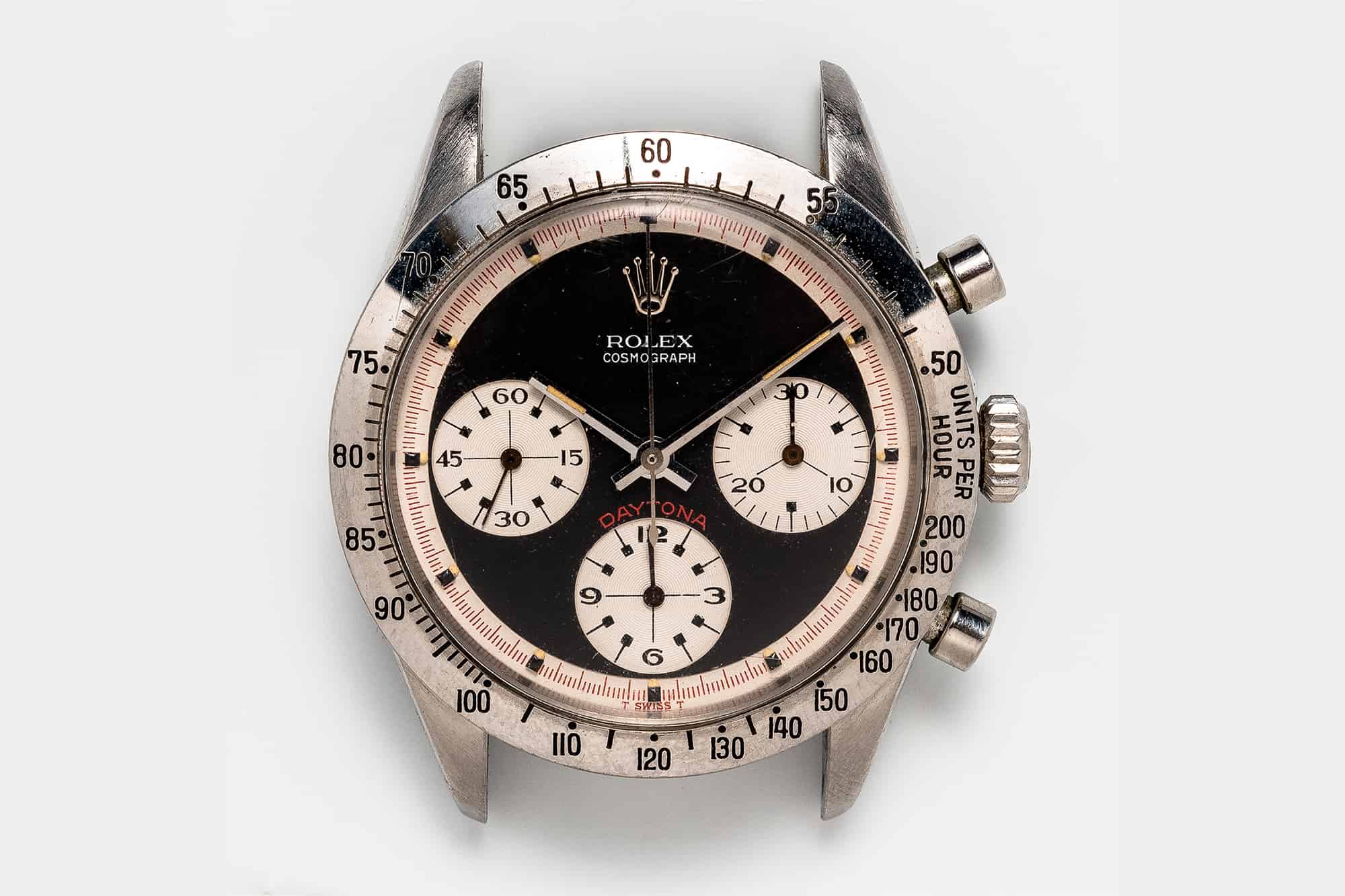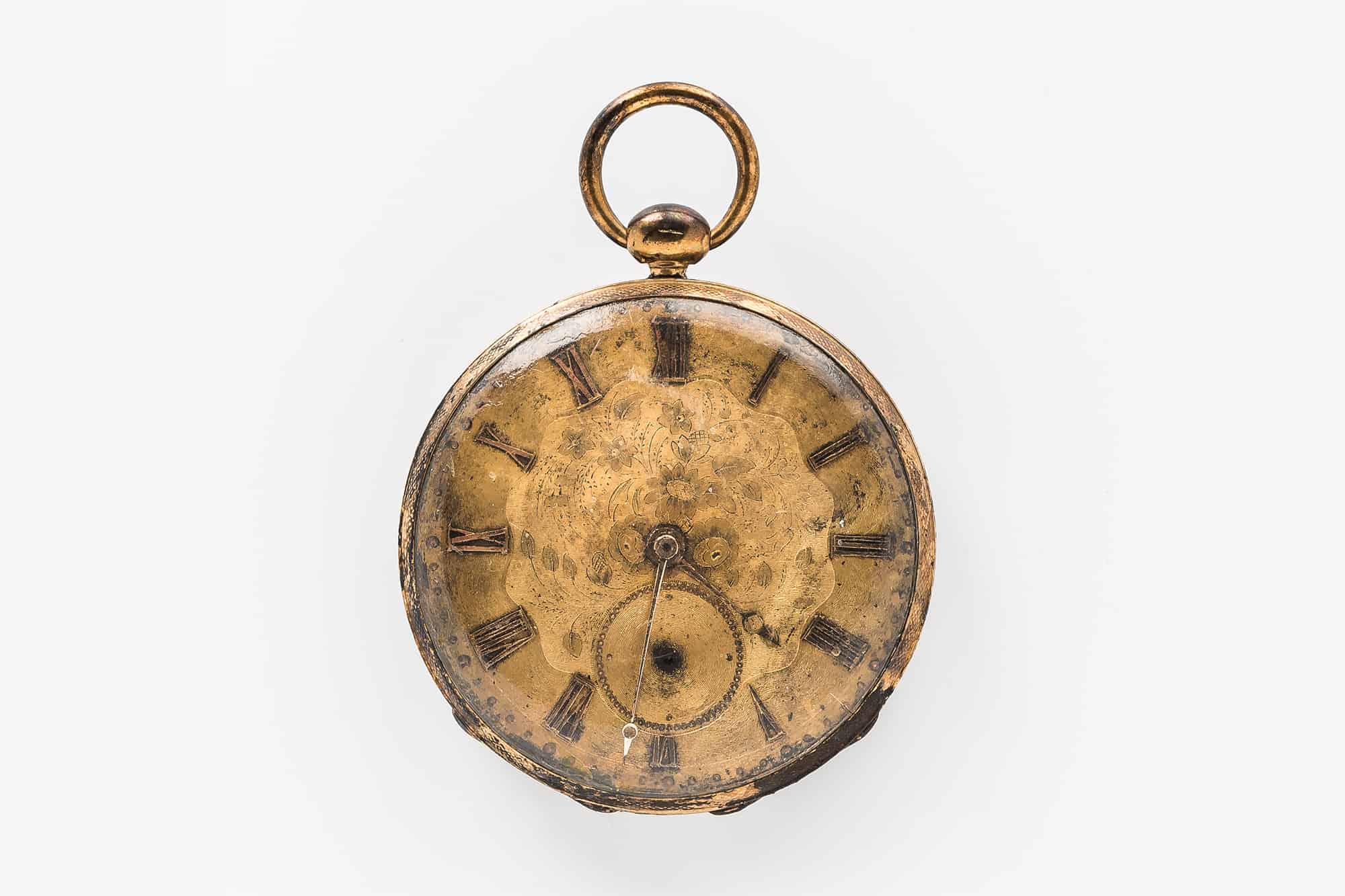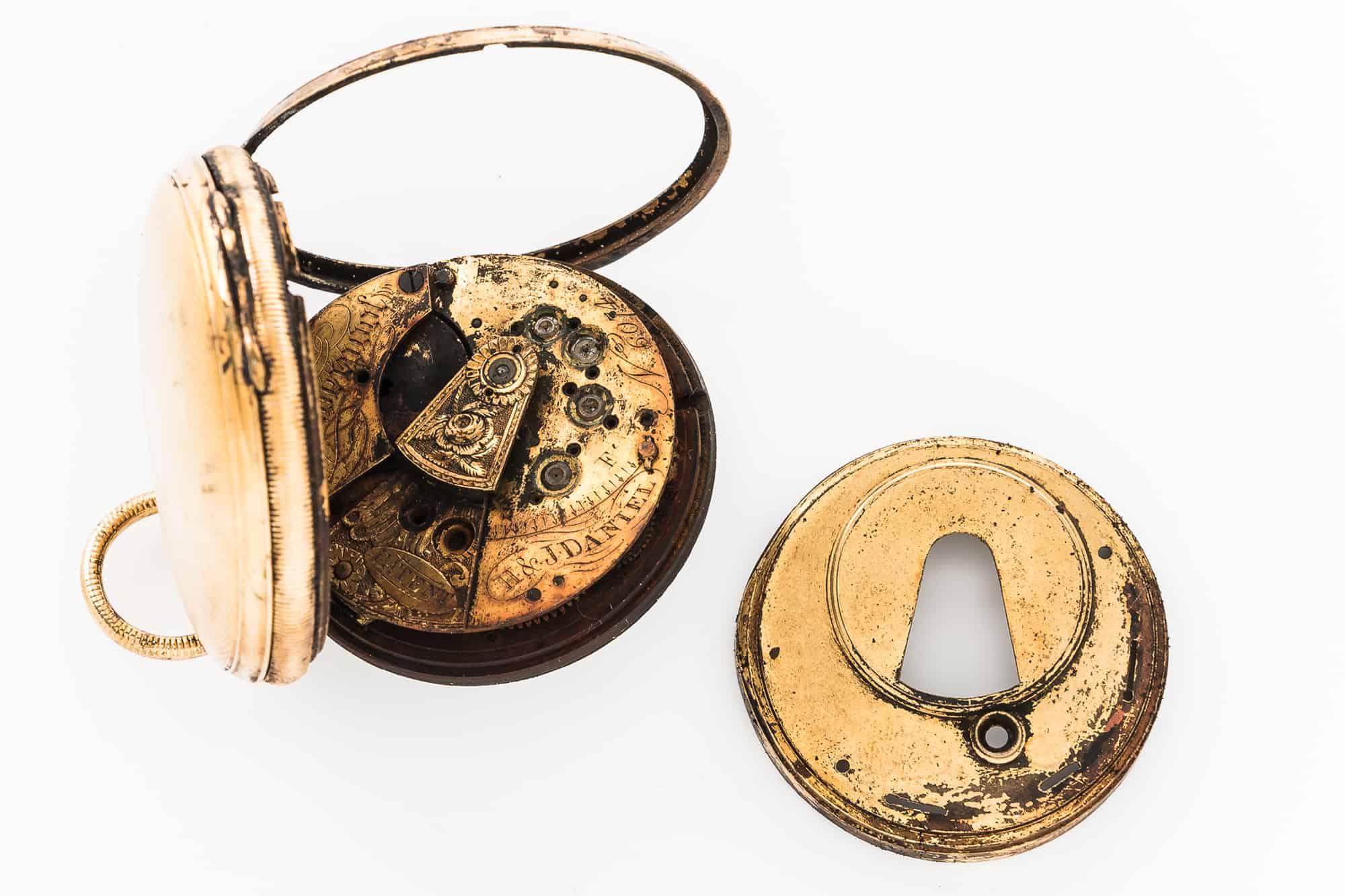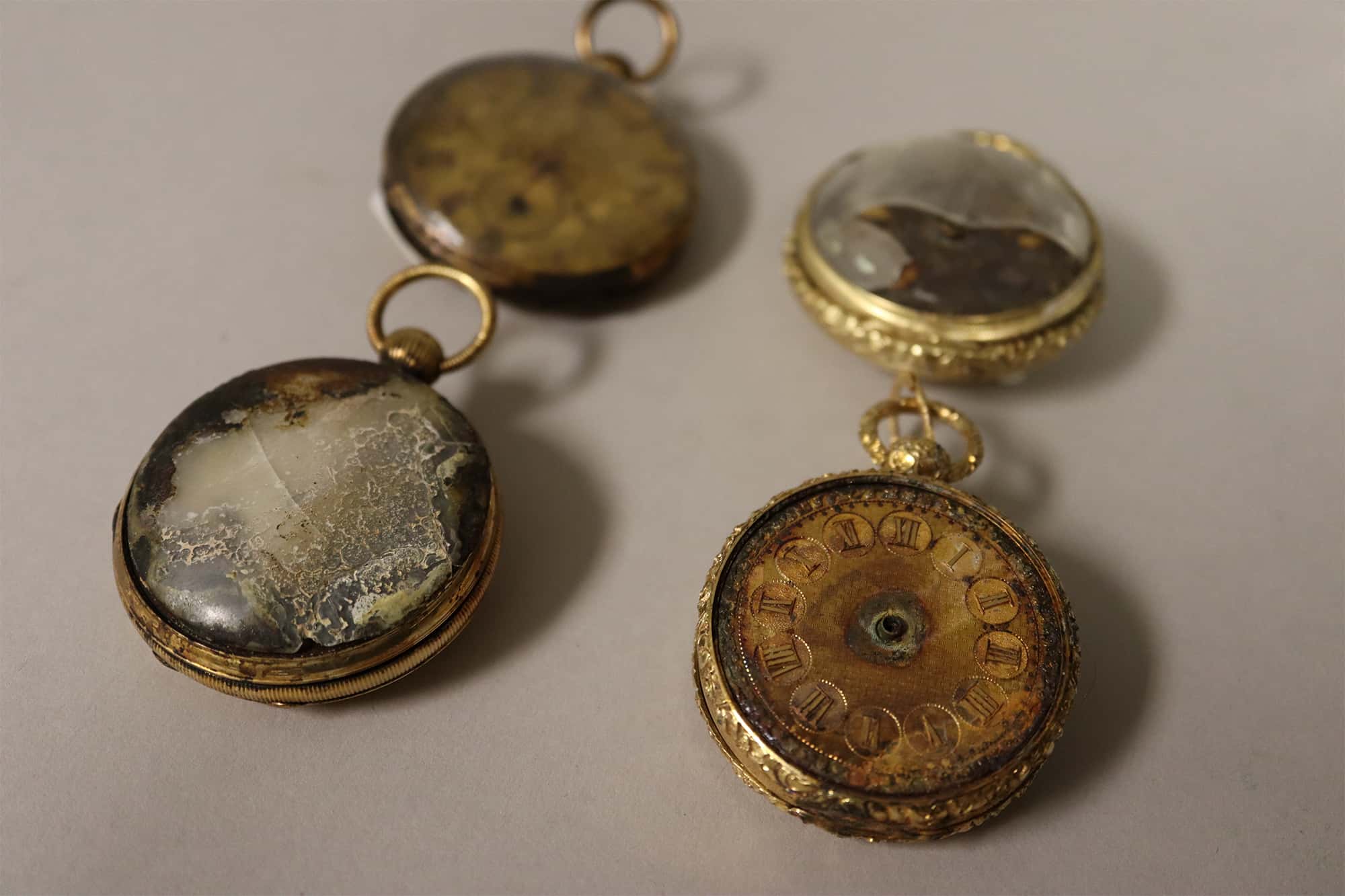The Paul Newman Daytona is perhaps the best known and most sought after vintage watch in the world right now. That sentence could have been written at any time in the last ten years, and it would have been just as true as it is today. There seems to be no end to the interest in the exotic dial variant of the Rolex Daytona, even after the Paul Newman sold for nearly $18 million at a Phillips auction in the fall of 2017. While truly rare and “important” fresh to market examples are dwindling, good, honest watches can still be found, even if you can’t say with a straight face that any of them can be had for what would amount to a good value.
Skinner is a full service auction house with multiple locations throughout the US, but a homebase in Massachusetts. I took a trip to Marlborough one day a few weeks ago to visit with Jonathan Dowling, Skinner’s watch specialist, so that he could show me the 6239 Paul Newman they’re about to sell.
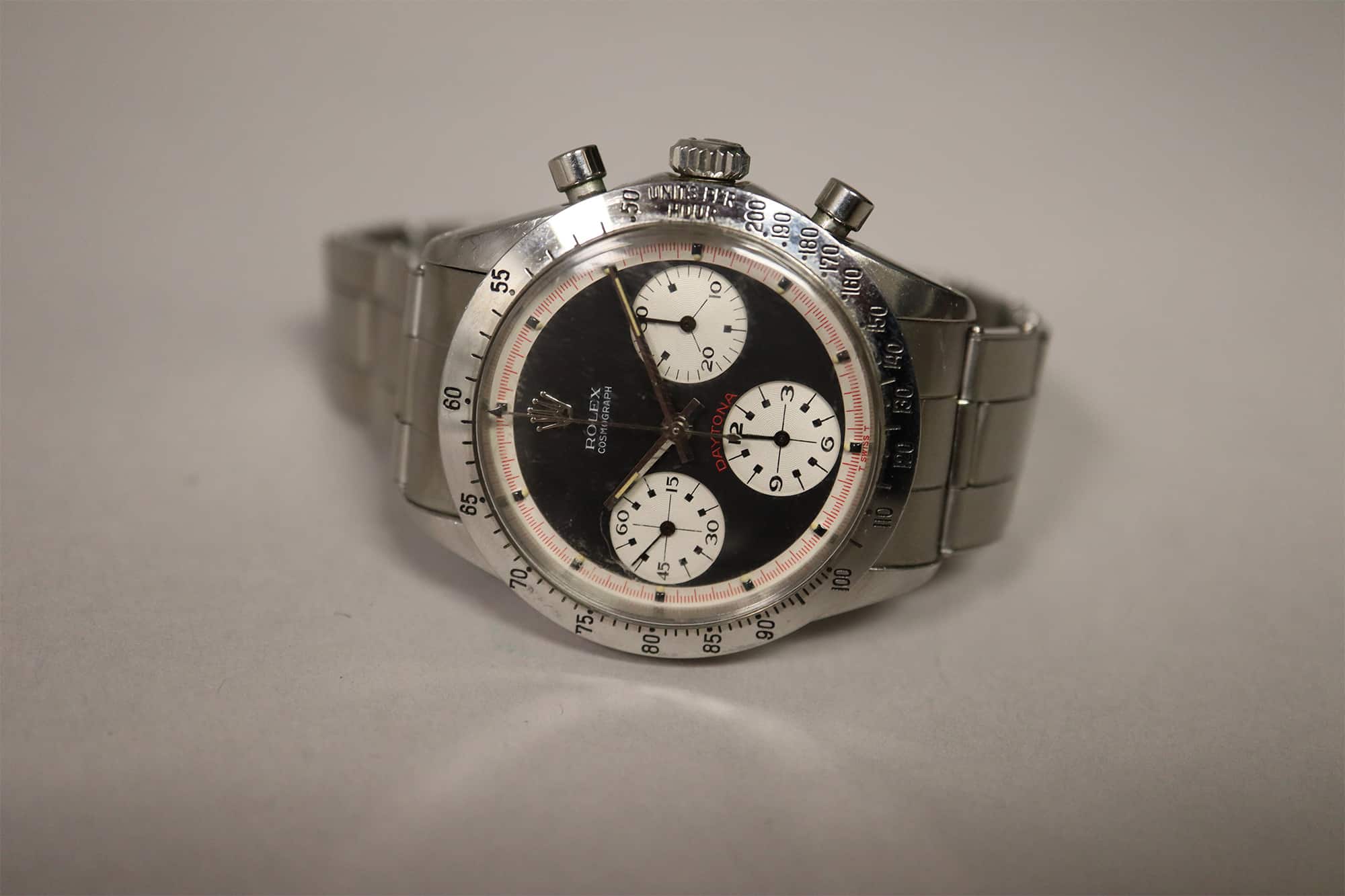
Skinner, like most auction houses, does business on many fronts. They have auctions devoted to fine art, musical instruments, wine and spirits, and so on. As Jonathan led me through the massive Marlborough facility, I was a bit dumbstruck by the amount of stuff on shelves, leaning against walls, and on tables as we made our way back to the very humble watch department. Paintings, tall clocks, and furniture take up quite a bit more physical space than watches – someone who didn’t know better could take the same walk I did and have no idea that tucked away in a nondescript corner of the maze of valuable antique objects that a watch primed to sell for six figures was just sitting there.
Jonathan nonchalantly pulled out the 6239, which to my eye is in pretty great condition for a watch of its age. It’s a single owner piece, consigned by the original owner who purchased the watch from Long’s Jewelers in Boston. Included with the watch is the Rolex box, but it doesn’t include paperwork beyond the receipt, which doesn’t indicate the year of purchase. According to Skinner, the consigner purchased the watch in 1970 or 1971, and essentially put it away without wearing it. The dial is extremely well preserved with even and light patina, and the case retains its original finishing. This watch is very much the type of time capsule we think about when we talk about vintage watches transporting us to another time and place.

“It’s an absolute pleasure to be offering such an iconic watch from one of the best known and marketed brands in the world,” Jonathan told me. “To find one in such a well preserved state from the original owner will be very difficult to top.”
Regardless of how you feel about Rolex as a brand in 2020, holding a watch with so much history behind it, and that is so valued by collectors, is an experience that carries with it a certain gravity. For many people, the Paul Newman Daytona is simply the best watch ever made, and an object that is craved like few other material things. It’s also a famous watch, and after the sale of Paul Newman’s personal Daytona a few years ago, many outside the larger watch community now understand the unique pull of the Daytona, like those who may never purchase a piece of modern art understand a Jeff Koons Rabbit.
But fame doesn’t necessarily equal interesting, at least not for everyone, and while the 6239 for sale at Skinner has an inherent interest because of what it is, and the fact that it lived it’s whole life in the same place over the last 50 years, there are other lots in the upcoming sale that are a bit under the radar, and even if not as valuable as any Daytona, exceedingly more rare.
For example, included in the same sale are four pocket watches that share an incredible story. Lots 1048-1051 are all 18kt gold, open faced pocket watches. Unlike lot 1149, the likely six figure Daytona, these watches are, to be kind, quite thrashed when it comes to their condition.
But there’s good reason for that. All four of these watches were salvaged from the wreck of the steamship Pulaski, which exploded and sank off the coast of North Carolina in June of 1838. The Pulaski, headed for Baltimore, carried about 150 passengers and 37 crew members on the evening of June 14, when a boiler exploded, destroying the middel section of the ship just after 11:00 PM. It only took about 45 minutes for the ship to sink, and 128 people were killed in what at the time was one of the worst maritime disasters in United States history.
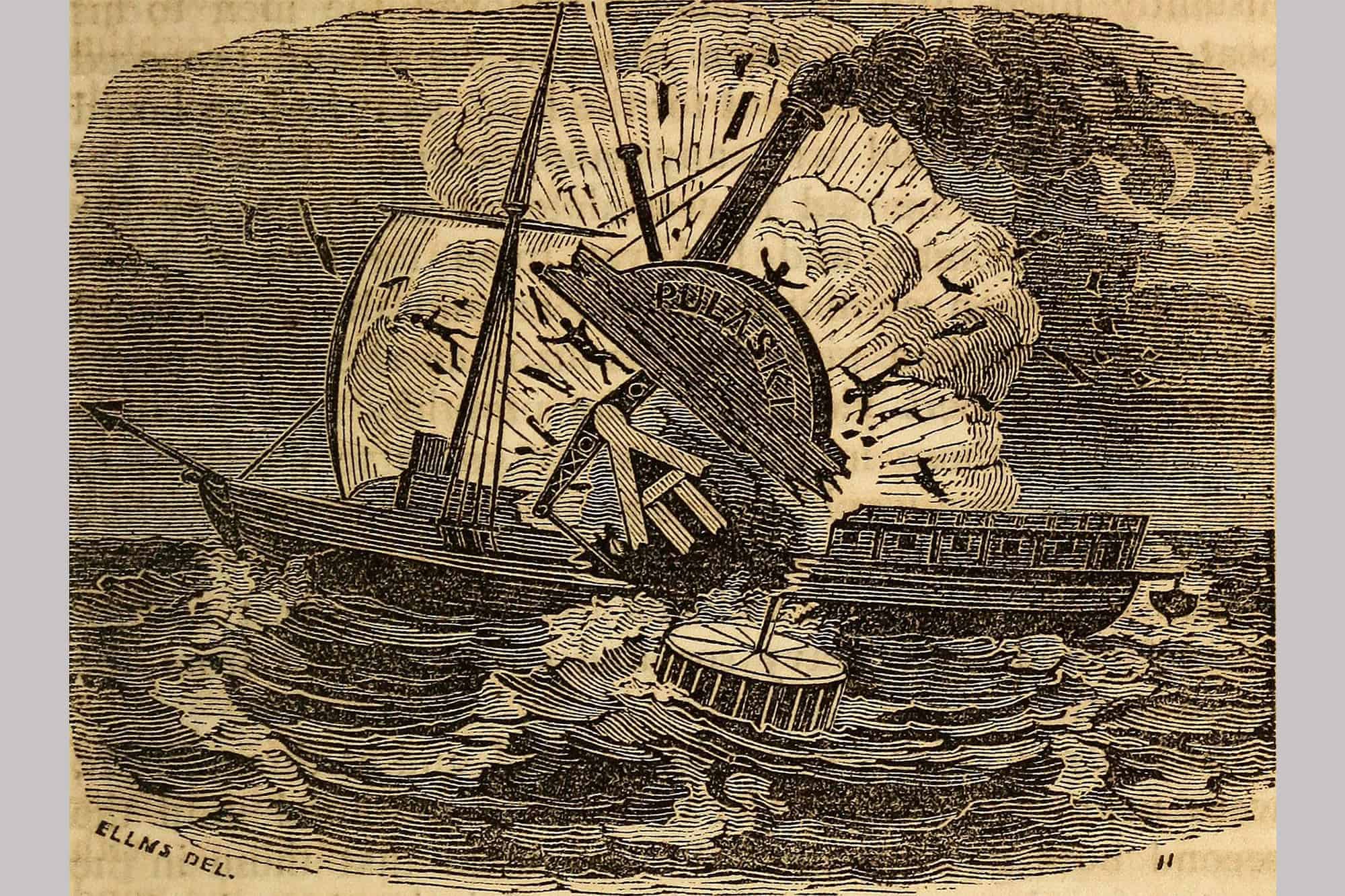









 Featured Videos
Featured Videos




